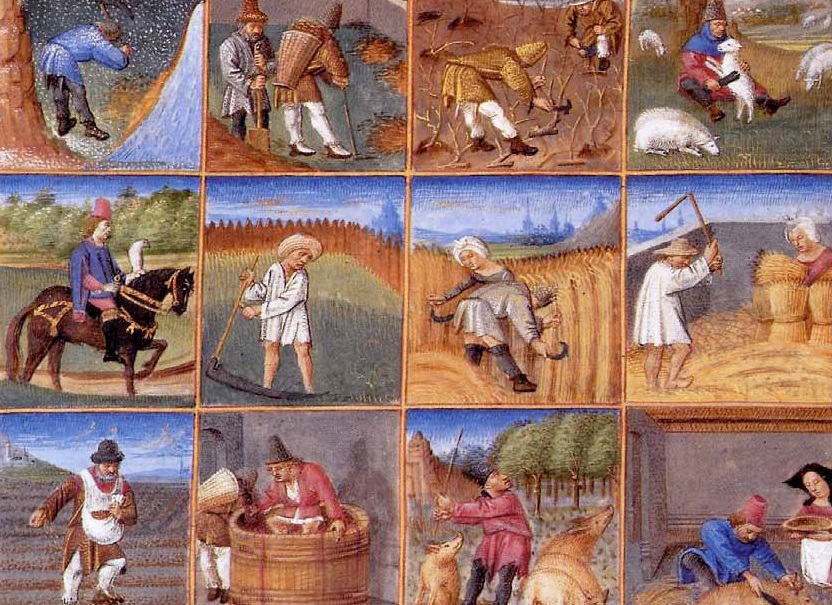Variety Leads to Happiness-If There’s Enough Time!
This is one of our free-to-access content pieces. To gain access to all Ideas for Leaders content please Log In Here or if you are not already a Subscriber then Subscribe Here.

Does variety in activities make us happy? New research shows that time makes the difference. Variety is welcomed over the course of a day or for longer periods, when we’re trying to stay stimulated; however, it’s unwelcomed within short periods such as an hour, when multiple activities feel unproductive.
Variety is the spice of life, according to the old saying. Two researchers from Duke’s Fuqua School of Business and UCLA’s Anderson School of Management decided to test whether variety truly does make us happy. At the outset of the research, professors Jordan Etkin and Cassie Mogilner proposed that time might be a deciding factor, with variety increasing happiness over a longer period of time but having the opposite effect over shorter periods of time.
To test this proposal, the researchers conducted a series of eight studies involving hundreds of participants in different situations (e.g. some participants were asked to think back on activities during a certain time periods; others were asked to complete tasks more or less varied.) In addition to manipulating and measuring variety, the researchers also manipulated the factor of time — using time durations from 10 minutes to a day in the various studies. The researchers also measured happiness through a series of questions to participants.
Several studies explored the impact of stimulation and productivity on the link between variety and happiness. One interesting study was conducted at the North Carolina state fair, where volunteers were asked if they planned to be productive (e.g. “check something off their list”) or to be entertained — in other words, not productive at all. The researchers then measured whether productivity intentions (or not, for the majority of participants in this case!) made a difference in whether variety increased happiness.
Based on the results of the eight studies, the researchers concluded the following:
These conclusions hold true across actual or perceived variety, actual or perceived time, and different types of activities (e.g. work or leisure; required or voluntary).
These results can be applied to a number of different business situations. Since duration or period of time determines whether variety is positive or negative, marketers can use variety in their communications accordingly. For example, they might emphasize the varied usages of a product that is used over longer periods of time and focus instead on a small range of usages for a product consumed in a short time. The same for experiences: marketers would emphasize variety when selling experiences that involve longer periods of time (a two-week vacation), and downplay the variety for experiences that involve shorter periods of time (a half-day trip).
The insights from these studies can also be used in marketing communications and offering design to emphasize consumer well-being. For example, a company could spark interest in longer-term offerings by breaking them down into a number of different categories — or, on the contrary, bucket shorter-term offerings into fewer categories to convey productivity.
The insights from this research can also be applied to employee well-being and effectiveness. The goal would be to help employees remain both stimulated and productive. For example, common wisdom dictates that too much switching between tasks can make employees less productive. However, what if the task-switching keeps employees stimulated and thus happier? Clearly, happier employees are more productive than frustrated or bored ones. Based on these studies, scheduling can help to balance productivity, stimulation and happiness. Within an hour, for example, tasks should be held consistent. For days or weeks, tasks should be varied to keep employees stimulated and motivated — in other words, happy.

Ideas for Leaders is a free-to-access site. If you enjoy our content and find it valuable, please consider subscribing to our Developing Leaders Quarterly publication, this presents academic, business and consultant perspectives on leadership issues in a beautifully produced, small volume delivered to your desk four times a year.

For the less than the price of a coffee a week you can read over 650 summaries of research that cost universities over $1 billion to produce.
Use our Ideas to:
Speak to us on how else you can leverage this content to benefit your organization. info@ideasforleaders.com